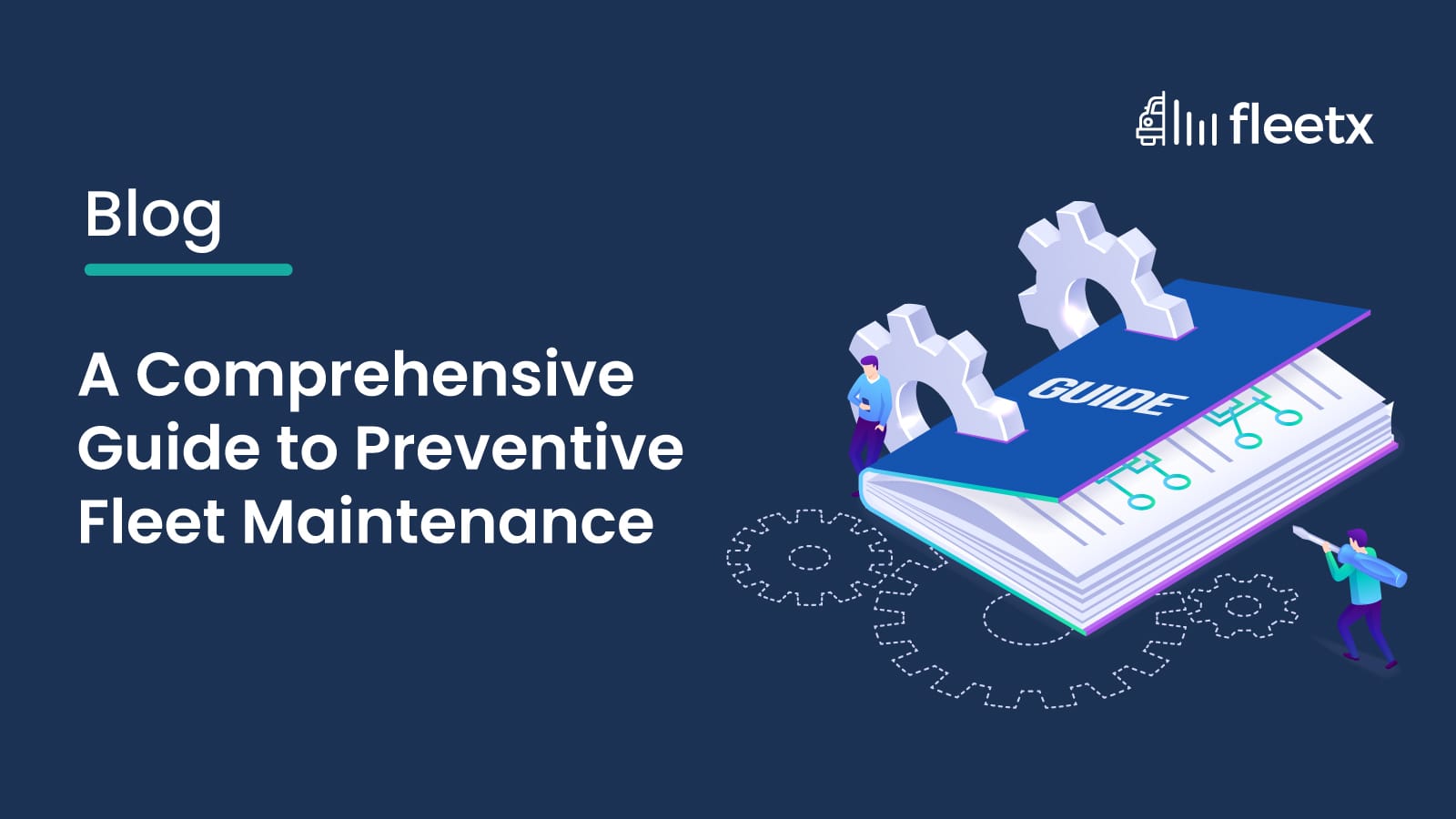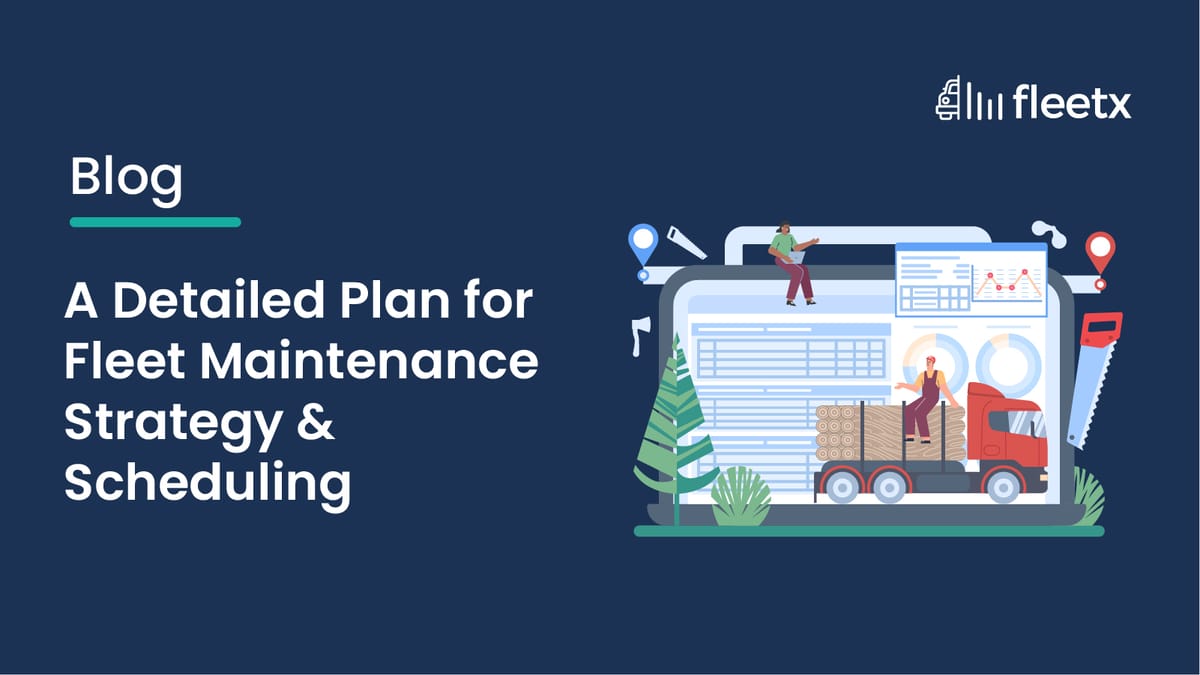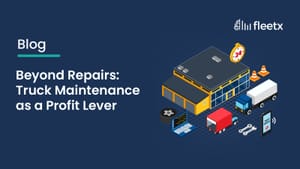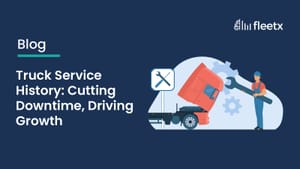
Situation/Problem: A business production line halts abruptly due to the malfunctioning of a critical piece of equipment, leading to a loss of valuable time, resources, and potentially customers. This is a common occurrence across several industries, highlighting the critical yet challenging nature of maintenance tasks.
Solution: Typically, organizations have relied on two primary modes of maintenance - preventive and predictive - to prevent unplanned downtime and ensure uninterrupted operations. The two techniques differ in concept and execution, but chase the same objective of eliminating equipment downtimes.
Similar to the above scenario, the phrase - “prevention is better than cure” - holds immense significance in transportation businesses too. Smart prevention measures have become fleet essentials by improving equipment longevity and overall profitability.
Fundamental Components of Preventive Maintenance for Fleets
Adopting an efficient software solution is highly recommended to eliminate unreliable data that can affect the quality of services, resulting in unnecessary expenses and breakdowns. The 7 elements of preventive maintenance are:
Inspection
Checking the asset condition regularly to determine its value and any future requirements is a critical step. The inspection schedule should include any physical, mechanical, electrical, and other examinations as required.
Service
Executing vehicle-related activities such as cleaning, lubricating, charging, and others should be done on a regular basis to minimize any premature wear and tear. Such tasks have to be recorded accurately to ensure the availability of adequate documentation for the maintenance staff to determine the type of servicing required and when.
Calibration
PM aids in ascertaining the asset’s or vehicle’s quality periodically by comparing it with the expected standard (stated by the manufacturer or experts). Any inconsistency between the two enables the detection and correction of any underlying issue.
Assessment
The constant process of equipment testing ensures its serviceability and also helps in determining the extent of component deterioration.
Alignment & Adjustment
All vehicle parts have to be optimally aligned for adequate performance and it can also result in readjusting the asset’s variable parts to improve performance.
Installation
Breakdown prevention and optimal vehicle performance can be ensured by the timely replacement or installation of the limited-life parts or assets that exhibit signs of degradation or are at the end of their lifecycle.
Preventive Maintenance (PM) Checklist for Fleets
Several factors have to be considered while implementing a PM checklist or a preventive maintenance sheet, some of which include -
- Service Frequency: The OEM recommendations (daily/monthly/yearly, etc.) have to be referred to in the preventive maintenance checklist format to determine the optimal equipment maintenance window, based on either mileage for use-based maintenance or time in service for more predictable downtime management.
- Process of Inspection: Access to daily driver vehicle inspection reports offers crucial data to map the effectiveness of the preventive maintenance template. Consistent issues missed out during regular maintenance will be noticed during the inspection process.
- Maintenance Arrangement: Choosing between outsourcing the preventive maintenance tasks or in-house execution is a significant step in determining the maintenance approach.
- Record-Keeping: Documenting maintenance activities and associated expenses is crucial for computing parameters such as total cost of ownership (TCO) and for tracking expenditures used for budgeting purposes.
- Parts & Inventory: A system that tracks parts and inventory is significant for in-house maintenance management, so there’s no shortage of parts while conducting preventive maintenance.
A typical PM checklist includes the following parameters -
- Engine oil and filter change
- Tire rotation and PSI check
- Check the air and cabin air filters
- Brake system check/ replace components
- Exhaust system check
- Grease fittings lubrication
- Fluid levels check
- Belt and hoses check
- Check lighting systems
- Check safety systems/ equipment, etc.
Types of Preventive Maintenance
The two most popular categories to schedule preventive maintenance are usage-based and time-based, both contributing to addressing truck equipment issues before they escalate into expensive breakdowns.
How are the Preventive and Predictive Maintenance Approaches Different?
Truck maintenance needs are categorized into preventive and predictive or proactive and reactive approaches.
Benefits of Preventive Fleet Maintenance
The compelling benefits of implementing fleet preventive maintenance are:
- Improved reliability that enhances fleet reliability and customer satisfaction
- Reduces the need for costly repairs
- Improved vehicle longevity
- Better fleet productivity
- Increased fuel efficiency
- Compliance and regulatory adherence
Improve Business Performance With Preventive Maintenance
Proactive maintenance practices go a long way to secure business profit, providing substantial savings. By implementing preventive measures, organizations can -
- Reduce urgent service calls that exceed the regular maintenance expenses
- Minimize unscheduled breakdowns and other malfunctions
- Lower express parts requirements
- Elevate fleet safety standards
- Save valuable business hours
There are several associated challenges, but by leveraging technology, transport businesses can significantly improve the effectiveness and efficiency of preventive maintenance - involving systematic scheduling, streamlining documentation, and automating maintenance tasks to prevent equipment failures and improve safety - thus saving on costs.
FAQs
What is preventive maintenance in fleet management?
Preventive maintenance refers to scheduled inspections and servicing of fleet vehicles based on time, mileage, or usage patterns to prevent breakdowns, ensure safety, and extend vehicle lifespan.
How is preventive maintenance different from predictive maintenance?
Preventive maintenance follows a fixed schedule, focusing on routine servicing as per OEM guidelines, while predictive maintenance uses real-time data and AI to determine when a vehicle actually needs attention.
What are the key benefits of preventive fleet maintenance?
It improves reliability, reduces costly repairs, enhances fuel efficiency, ensures compliance with regulations, and boosts overall fleet productivity.
How can technology improve preventive maintenance?
Fleet management software helps automate scheduling, track usage data, maintain records, and monitor asset conditions — reducing human error and ensuring timely servicing.






